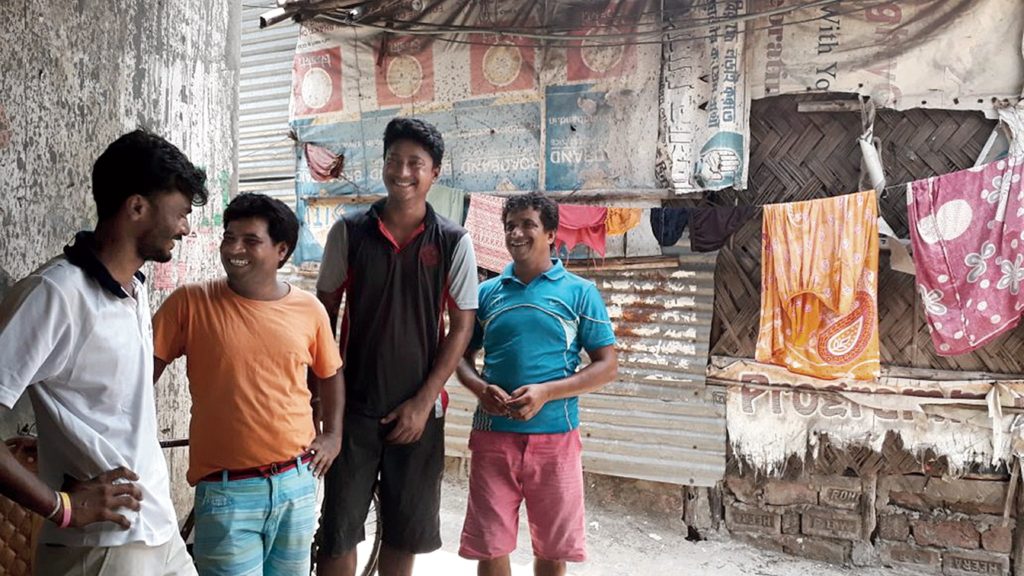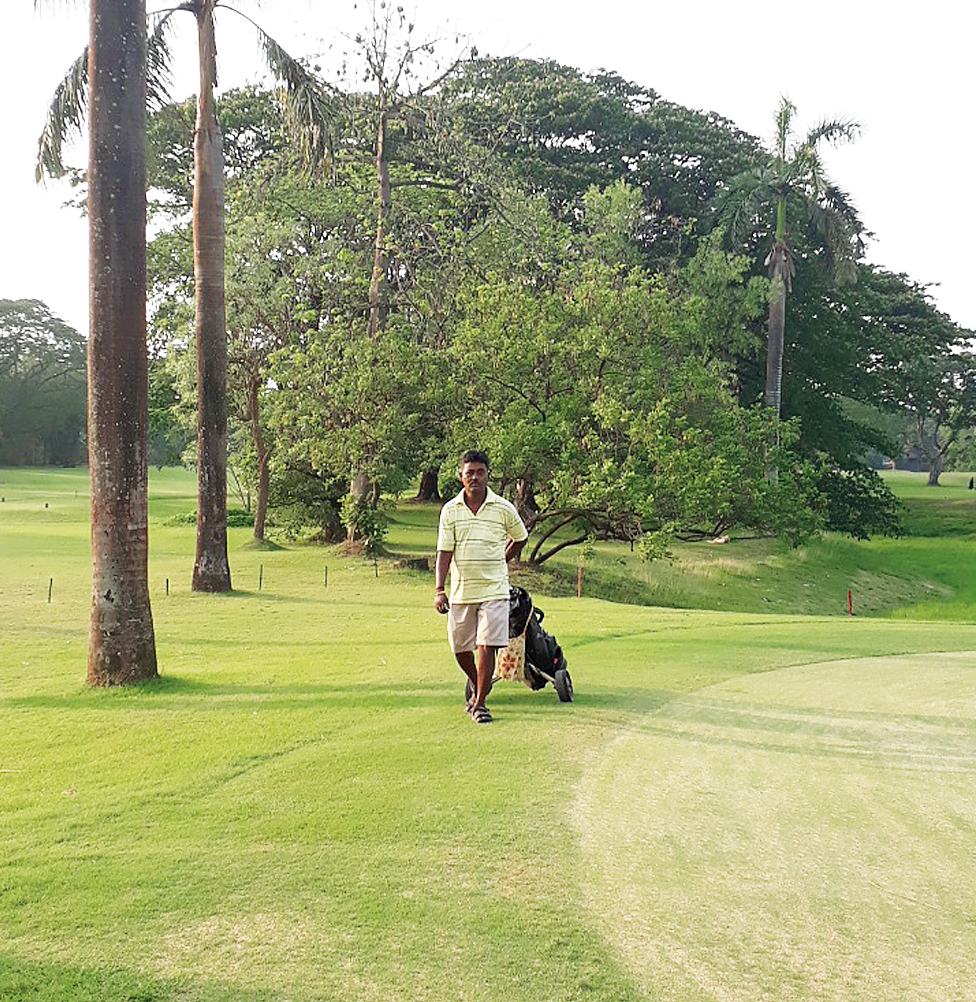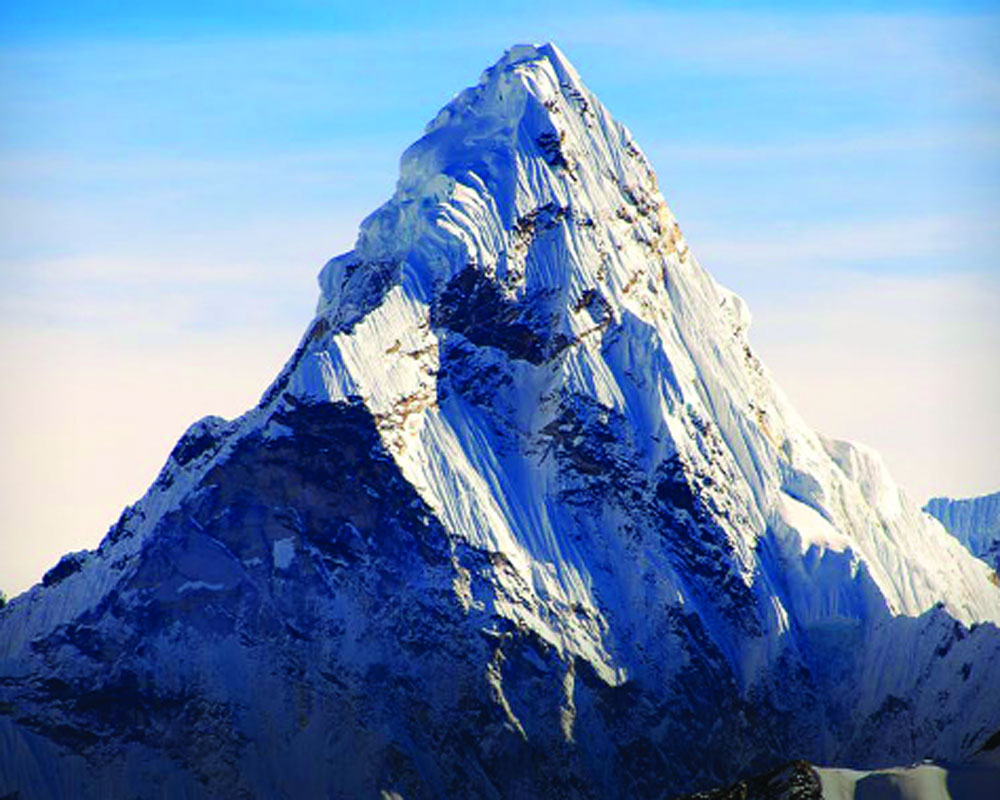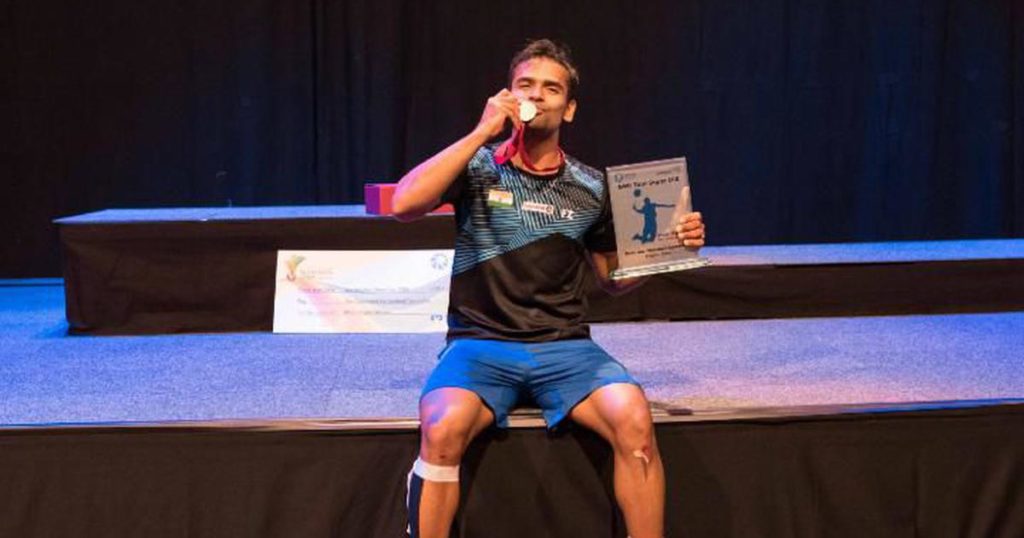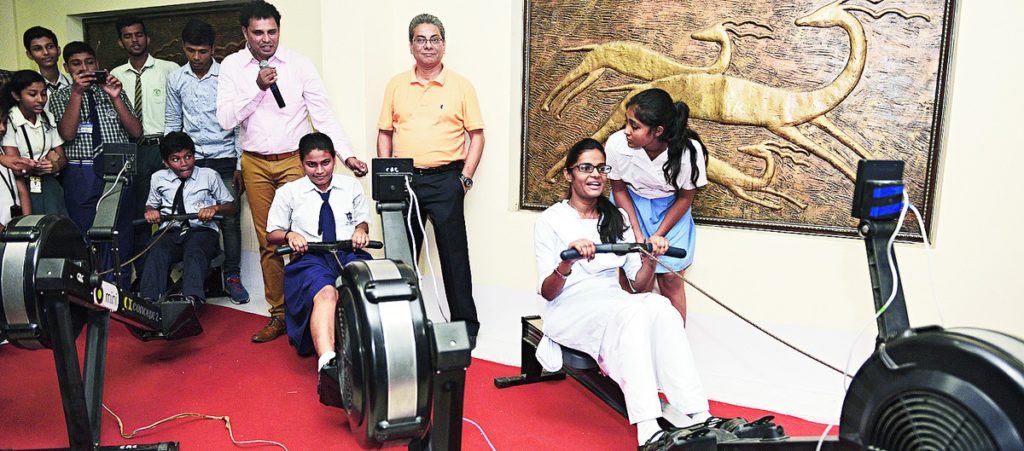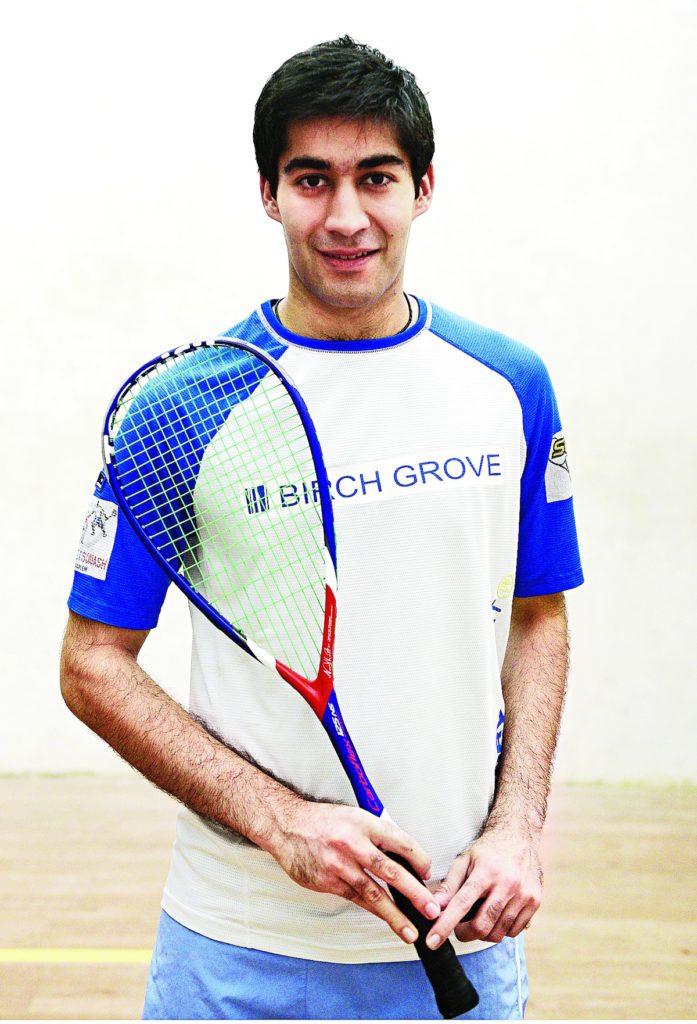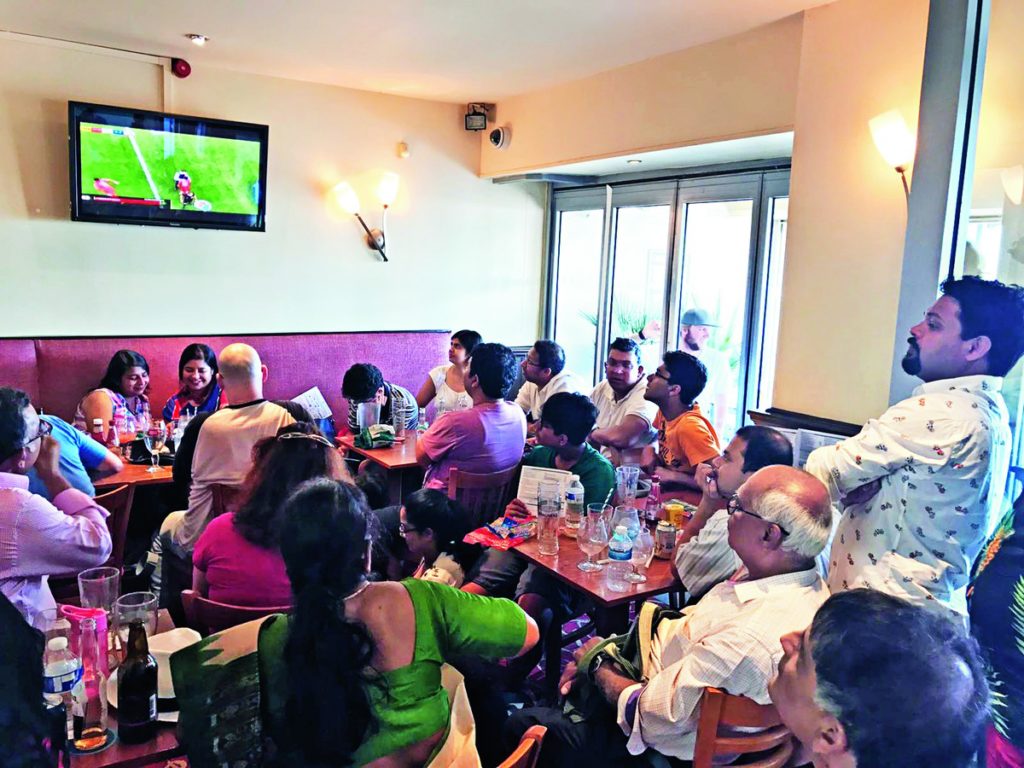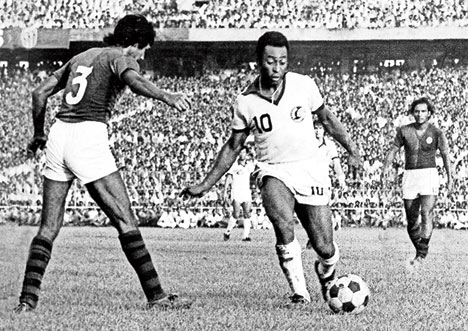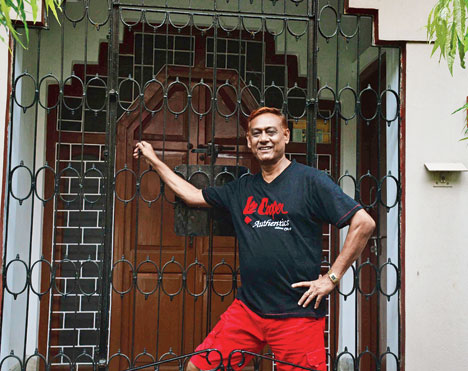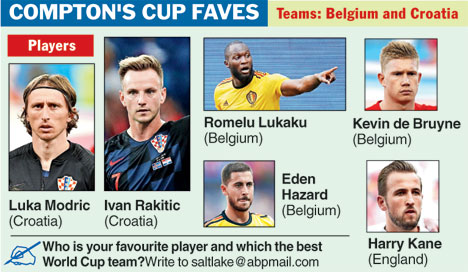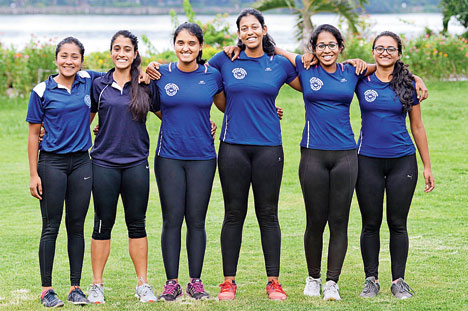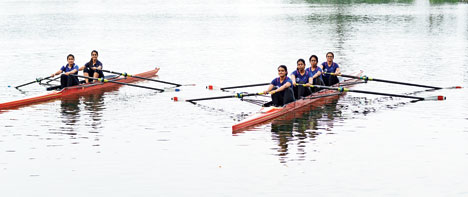Piyali Basak, a 26-year-old mountaineer may have limited means but she more than makes up with her drive
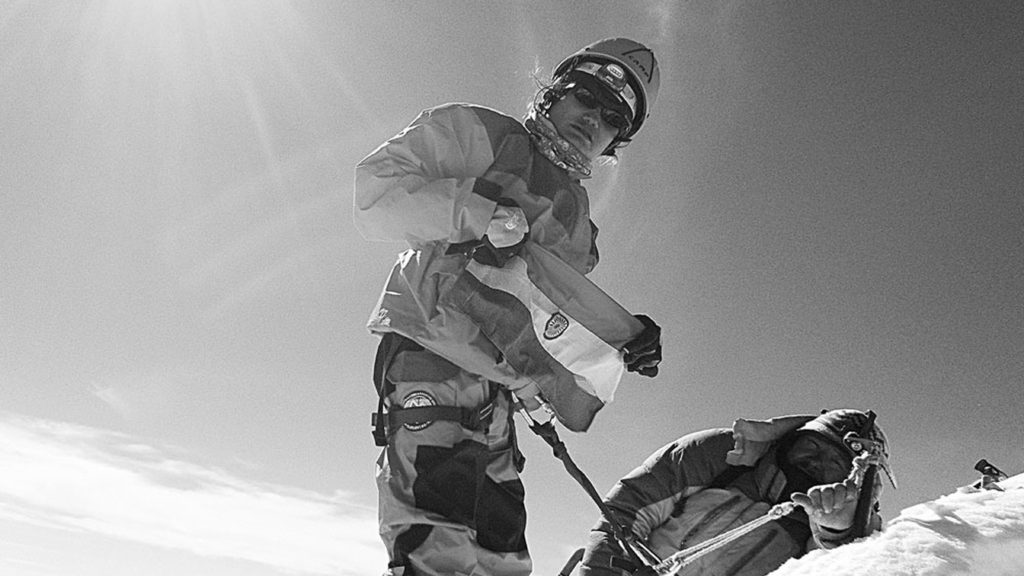
BREAKING: Heartbreak. This Wednesday, Piyali Basak was 500 metres away from the summit of Mt Everest when she had to abort her attempt and return to base camp. She had run out of oxygen. She had run out of funds to purchase refills. She had run into a terrible jam on the final slope.
Now, rewind: The call record shows a missed call from an unknown number. When I call back, a woman’s frantic voice answers at first ring. “Sir, Piyali has made it to the top. She tried to call you several times. You didn’t respond…” The person at the other end is Ratna, mother of Piyali, the 26-year-old mountaineer from Chandernagore, a municipal town 50 kilometres from Calcutta. Piyali has successfully scaled Mount Manaslu (8,163m), the world’s eighth highest peak, in western Nepal.
The last time I met Piyali, she was running from pillar to post trying to raise money to fund her attempt. “For nearly two months, I visited corporate offices, met ministers, political leaders and heads of charitable organisations. But I couldn’t gather even half the money,” she had said.
Piyali belongs to a lower middle-class family; means are limited, responsibilities are Himalayan. But then, there is the siren call of the mountains. Basak Bari, Piyali’s ancestral home, is in Chandernagore’s Kantapukur locality. It is not very difficult for me to find the two-storey house. Piyali has given clear directions up to a certain point. “Then you have to ask for the girl who climbs mountains,” she had said.
The living-cum-dining room is spacious but stuffed with trophies, medals and mountaineering gear. There are about a dozen water colour paintings on the walls; these show snowy peaks, yaks. There are red and yellow prayer flags strung on a long string. We are exchanging pleasantries with Piyali and her mother, Ratna, when we hear someone groan in pain. “My husband,” says Ratna apologetically and rushes inside.
Piyali’s father is a cerebral stroke patient. Once he had his own little business, but it went bust when Piyali was still in primary school. The stroke came close on the heels of the shock, rendering him partially paralysed. Some years later he was diagnosed with Alzheimer’s disease. As Piyali is the eldest of three siblings, the responsibility of running the household fell on her.
Ratna tells me that her daughter’s attraction for mountaineering was born of a textbook account of the expedition of Tenzing Norgay and Edmund Hillary. “She was in Class VI then,” says Ratna. It seems, those days, the family would undertake a pilgrimage a year — Kedarnath, Gomukh, Amarnath. That was around the time when Piyali joined a local rock-climbing club.
Like many mountaineers in Bengal, Piyali started with Susunia, a 450m hill in southern Bengal. To keep herself in shape, she started taking Taekwondo and swimming lessons. After graduating in mathematics, she took basic and advanced courses at the Himalayan Mountaineering Institute in Darjeeling.
Her first major expedition was to Mt Mulkila — a 6,517m peak in Himachal Pradesh — in 2010. Says the five-foot-nothing mountaineer with the physique of a twig, “I climbed efficiently and effortlessly; it seemed as if my body was built for this.” The following year, she tried to summit Mt Kamet, a peak in the Garhwal region, which stands even taller at 7,756m. “We had to cancel the trip after we ran out of food,” she says. Some other niggling issues, according to her, were poor quality gear, worn-out tents and recycled oxygen cylinders. That failure left its mark.
Soon after, a team led by Debashis Biswas and Basanta Singha Roy from Krishnangar made the first successful civilian expedition to Mt Everest from the state. An enthused Piyali joined an advanced mountaineering training course at the Indian Mountaineering Foundation (IMF) in New Delhi. Some months later, equipped with her new skills, she set off for Mt Bhagirathi 2 (6,512m). But the all-women team faced an unforeseen challenge in the infamous cloudburst of Uttarakhand. Says Piyali, “We nearly got blown away at the summit camp, just a few hundred metres from the peak. We remained stranded for four days. Our equipment, food, everything got buried in snow.” When she returned home, her relations and friends advised her to give up climbing.
Piyali was not entirely persuaded but she was now more focused on preparing for competitive exams for government jobs. In 2014, she passed the School Service Commission exam and joined as a teacher in Kanailal Vidyamandir near her home. But the mountaineering bug returned to bite her. She met Biswas and then Chhanda Gayen, the first civilian woman from Bengal to climb Mt Everest, during a felicitation programme. “Chhanda shared with the audience her experience of climbing Mt Everest and Lhotse. I got to know that she practises martial arts and swimming,” says Piyali. Soon after, Chhanda went for an expedition to Mt Kanchenjungha and lost her life in an avalanche.
Piyali returned to the IMF and took an advanced leadership training and, thereafter, undertook an expedition to an unnamed peak (over 6,500m) near the Bara Shigri glacier in Himachal, with an injured leg. She says, “That is when I realised that climbing works like a drug for me. I forget all pain, every hardship.” The newfound confidence pushed her to join another expedition, to Mt Tinchenkang (6,010m) this time. “I made it to the summit despite a terrible stomach cramp,” she says. When she consulted a doctor upon returning home, it turned out to be a huge uterine tumour. Ratna says, “While she was being wheeled to the operation theatre, she asked if she would still be able to climb Mt Everest.” Adds her sister, Tamali, “After the surgery the doctor called and showed me the huge tumour she had been harbouring inside her body for perhaps a year. He said he had no idea how she climbed a 6,000m peak with it in her body.” That year her father suffered a second cerebral stroke.
The next two years there was little time for summits, there were personal obstacles to overcome. In 2017, she missed an expedition as her father was still in hospital. Her finances were a shambles. She was also unhappy with the selection procedures of expedition organisers. And that is why she decided to go solo, plan and organise her own expeditions. With a new resolve she set out to explore the Nepal Himalayas.
Thame is a small Sherpa village in Nepal, close to the base camp of Mt Everest. Piyali had been told that it was the birthplace of Norgay. “During the trip (in 2017) I met quite a few Sherpas on their way back home from expeditions to Mt Everest. I even stayed in a Sherpa’s hut. They were quite impressed by my performance; someone even asked me whether I am actually a Sherpa,” she says with a wide grin.
In Kathmandu, she stopped at the office of Seven Summit Treks, a trekking and expedition company led by Mingma Sherpa, the youngest person to climb all mountains over 8,000 metres. When she made enquiries about an expedition to Mt Everest, it turned out that the season had ended. Besides, the estimated cost was around Rs 26 lakh. It was beyond her means. Mingma suggested she consider an expedition to Mt Manaslu, that would cost less than half the amount.
Piyali had initially jumped at the idea, but in time she realised that even arranging half the fund was no easy task. She decided to take a personal loan from a government bank. When she reached the Seven Summit Treks office on September 2 that year, she had collected barely half of required amount. “Initially, they were reluctant to take me but I put up at a dharamshala and kept badgering them. Finally, they decided to allow me to join the expedition on a loan,” she says. She shopped for cheap equipment. Eventually she hired some, and bought some used gear discarded by other mountaineers. She hitchhiked to the base camp on a truck amid pouring rain and a hailstorm. And when she reached, she discovered that most of the 200 climbers had already acclimatised themselves. “Not only did I not get any chance to acclimatise; on the contrary a respiratory infection I had contracted in Calcutta was worse,” she says.
But once she started climbing, she says, these things became a blur. She forgot everything and reached Camp Number 3 ahead of most climbers. Two Polish climbers were impressed by her spirit and skills. They told her about the legendary Polish mountaineer, Wanda Rutkiewicz, who had climbed eight 8,000-metre peaks.
On September 27, at 2.30pm, Piyali made it to the summit along with Sherpa Pemba Thendup. On her way back she slipped into a crack in the thin ice. “The Sherpa refused to help me. He said: ‘You will have to get out on your own if you want to go solo for tougher expeditions’,” recalls Piyali. Eventually, Piyali heaved herself out of the crevasse and trekked to the base camp. When she returned to Kathmandu, she was handed the summit certificate. But by then she had spent all her money.
As she boarded the train from Raxaul to Howrah, she was exhausted but happy.
source: http://www.telegraphindia.com / The Telegraph, online edition / Home> People / by Prasun Chaudhuri / May 25th, 2019
